Launch.Fearlessly
Shipping to production introduces a degree of risk. Continuous deployment helps to reduce risk and accelerate learning by empowering the team to deploy when ready and separating releasing from shipping. Feature flags are the heart of what makes this work.
50% higher market capitalization growth in organizations that deploy more frequently 1
89% of companies that use feature flags report an improvement in their ability to release features quickly and safely 2
-
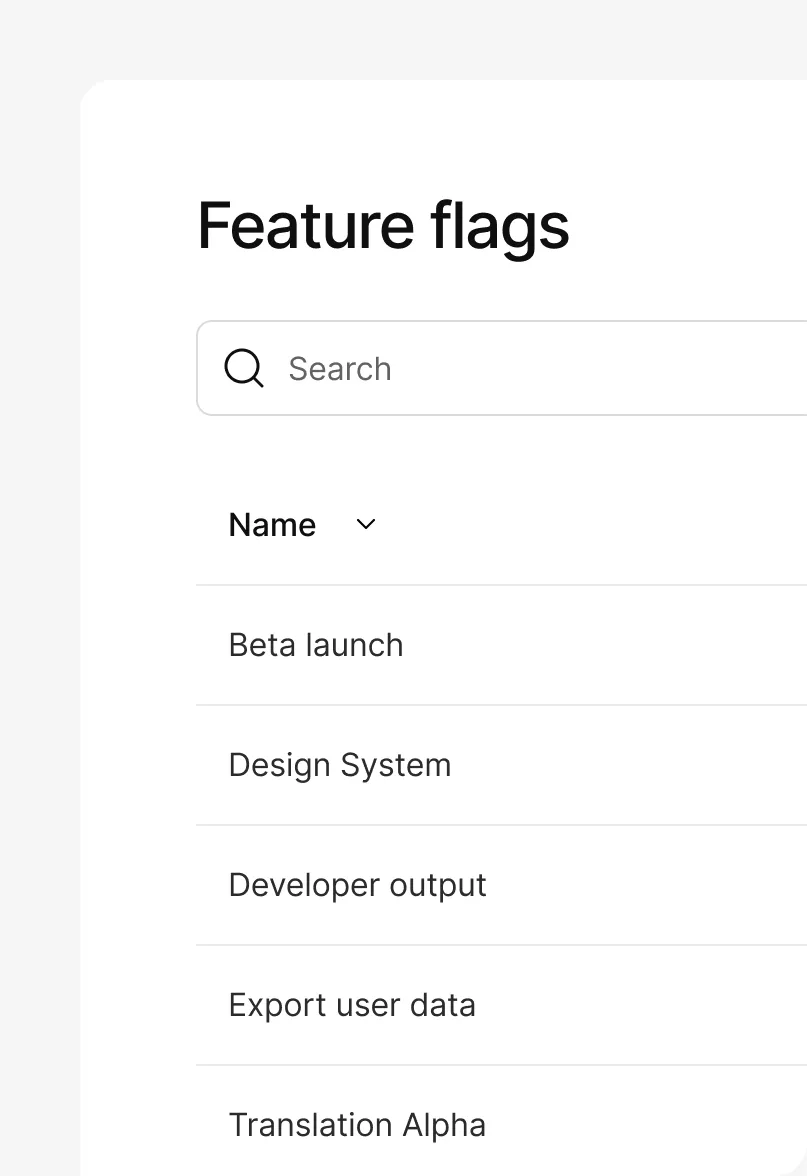
Feature flag management Happy devs, happy life
Empower your developers to deploy to production whenever they need to, without having to worry about things going public by mistake. Feature-based continuous deployment frees them from the release train which speeds everything up, makes them happier, and leaves space for creativity.
53 The NPS of teams that deploy frequently – compared to 11 for teams that don’t 3 -
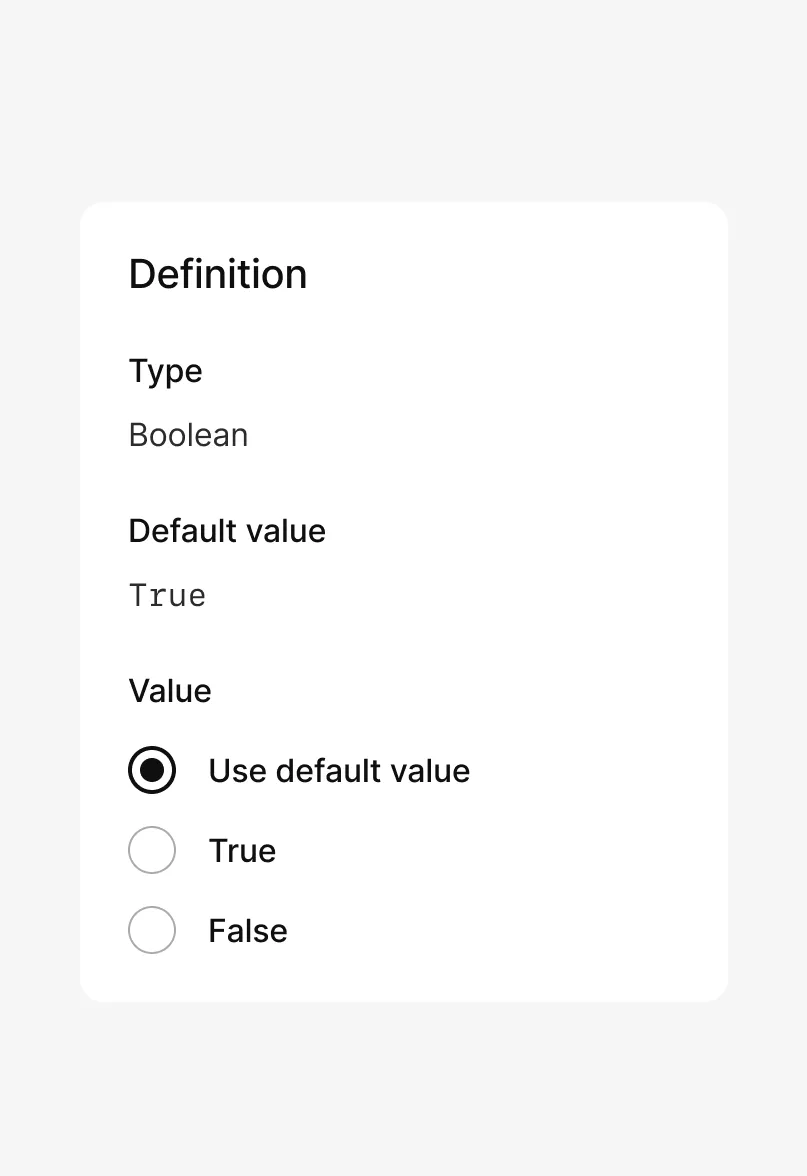
Setting feature flag value for an organization Experiment first
Reduce risk further through gradual rollouts. Instead of releasing to every customer all at once, selectively choose customers to ship to. Target specific cohorts or reference groups to enable first before you go to full-scale delivery.
If things go wrong, simply roll back with a click, without impacting your entire user base.
83% of companies that use feature flags report an improvement in their ability to manage risk and compliance 2 -
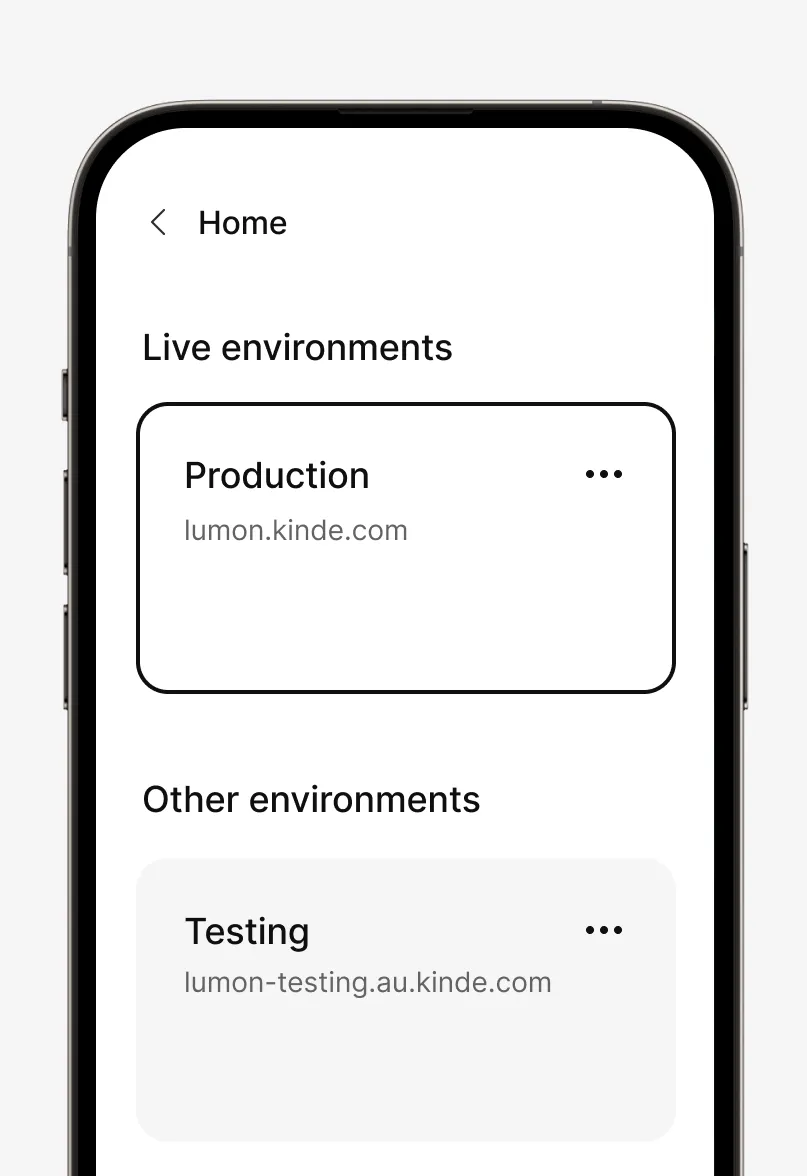
Manage multiple environments Feature lifecycle management
Kinde environments allow you to map your developer experience to the way your team prefers to work. This means you can manage features and feature flags through the same lifecycle your team uses. From development, through testing, to final delivery – your team decides the path and strategy.
Median monthlydowntime
A radical new approach to research
Customer research doesn’t need to end when development begins. Involve your users at every stage of the development process. Feature flags allow your product and research team to switch on research or beta features for specific customers only. This means validating ideas, prototypes and even whole products with real life customers and data – in their own environments.
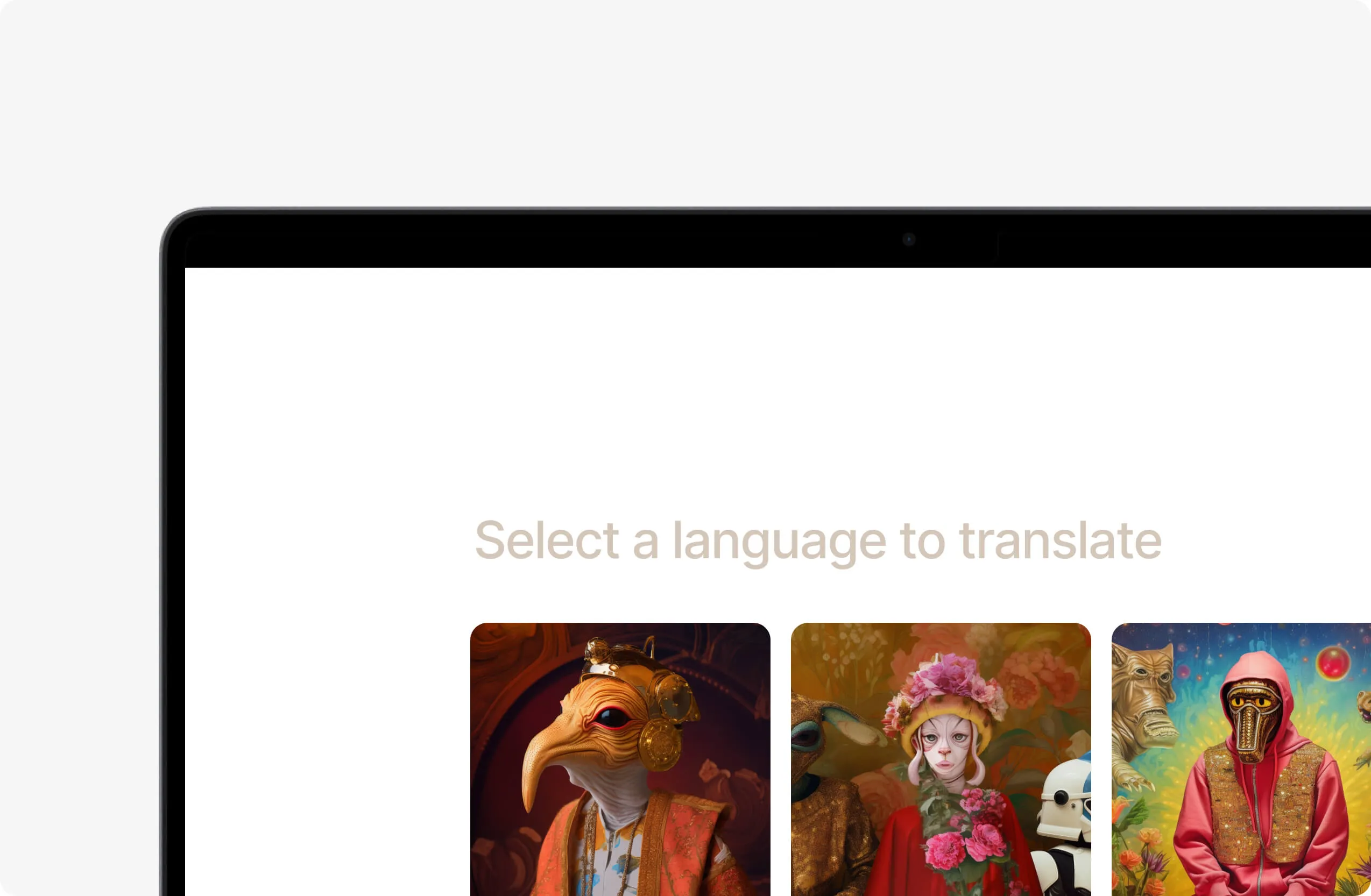
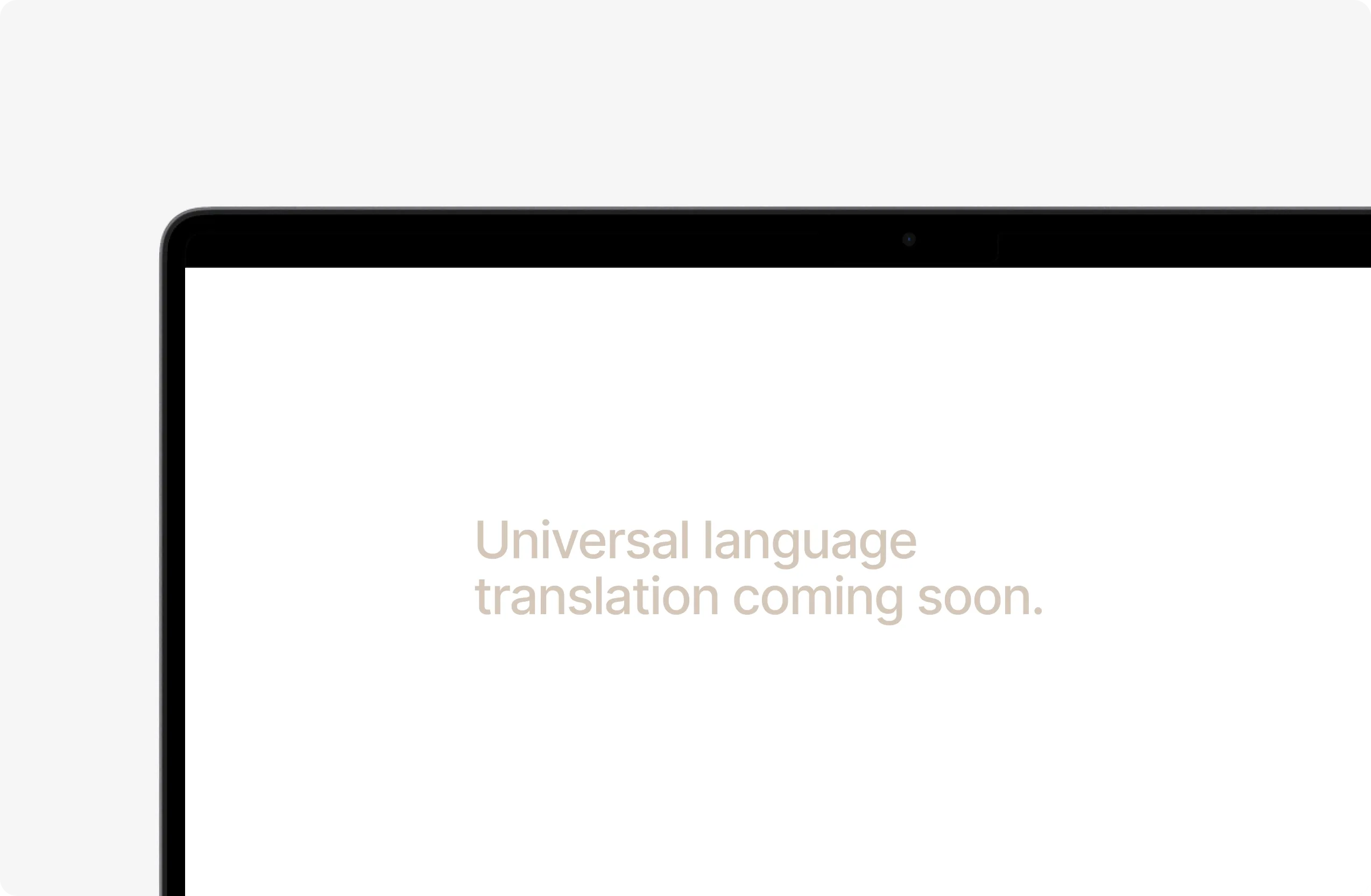
Roll back to roll forward
Mistakes happen. Rollouts are no exception. The important thing is how your team deals with problems, and what tools they have at their disposal to manage problems. Feature flags are a powerful tool for preventing and managing failed change.
Roll back safely
Rolling back when things go wrong should be the least of your concerns. Kinde feature flags can be changed with a click, meaning that you can protect unaffected users and limit the impact radius of changes. Your team can release with confidence, knowing that rolling back is available.
Environment protection
Separation of development and testing environments from production is essential in protecting your critical systems and user production data. Environments enforce this layer of protection. Your team runs non-production code against non-production Kinde environments and data. Work remains siloed and features are never accidentally triggered in production.
Extreme empowerment
Building great companies is about so much more than engineers. Feature flags puts power into the hands of the business – Product Managers, Sales, Support – and anyone else on the front lines with users. Giving the ability to better assist customers directly in your product. Which means less burden on developers. Win, win.
Power to the people
Reward your fans
Empower customer-facing teams to easily give features to loyal or at-risk customers with a simple click. Your customers will love it as much as your team.
Delegate control
Give control to people who need to empower customers. No more having to request feature allocation from engineering. Empower the team, and reduce the burden on development.
Free for all
Kinde feature flags are completely free, with every plan, and for every user. Simple.
A wonder of engineering
Kinde’s unified developer experience multiplies feature flags. Instead of needing slow and cumbersome local storage and a stream of flag data, we send flag information together with auth tokens. Every time a token refreshes, so does the user’s flag data. No need for additional SDK’s and local storage. Less load on servers and reduced latency. Super efficient, and super powerful.